Last updated 3 months ago | Originally Published: September 23, 2023
Did you know Americans consume an average of 22 pounds of candy yearly? That’s a lot of sweetness and a testament to how deeply ingrained candy is in our culture. At Candy Retailer, we’re not just America’s favorite online candy store; we also offer the most diverse snack and candy blog on the internet. We’re passionate about all things candy, including its fascinating history.
In its simplest form, candy is a sweet treat usually made from sugar and sometimes combined with fruits, nuts, or other flavors. It’s a universal delight enjoyed by people of all ages and backgrounds. But have you ever thought about how this simple pleasure came to be?
Understanding the history of candy is more than an exercise in nostalgia; it’s a look into cultural shifts, technological advancements, and even geopolitical events. From ancient civilizations using honey to sweeten fruits to the mass-produced and branded candies we recognize today, the sweet treat has undergone significant transformations.
While candy has roots that stretch back thousands of years across various continents, it’s in the United States that it has taken on a life of its own. From iconic brands to a wide range of flavors and forms, American innovation has played a pivotal role in shaping what candy is today. So, let’s explore candy’s rich and transformative history, particularly its evolution on American soil.

The Origins of Candy – A Global Perspective
Candy has a rich and varied history that spans multiple continents and millennia. It’s a sweet treat that countless generations have enjoyed in various forms. While the United States has played a significant role in shaping modern candy, the origins of these sugary delights can be traced back to ancient times.
Understanding the global roots of candy provides valuable context for its current forms and popularity. In this section, we’ll explore how candy originated and evolved, from using honey and fruits in ancient civilizations to the commercialization of candy in Europe.
Ancient Civilizations
Long before the invention of refined sugar, ancient civilizations found ways to satisfy their sweet cravings. Honey was a primary sweetener, often used to coat fruits and nuts to create rudimentary forms of what we would now recognize as candy.
In ancient Egypt, for example, honey was mixed with figs, nuts, and spices to create sweet treats that were offered to the gods and consumed during festivities.
Similarly, honey and fruits were combined in ancient China to make simple but satisfying sweets. These early forms of candy were not just for enjoyment; they also had ritualistic and medicinal uses.
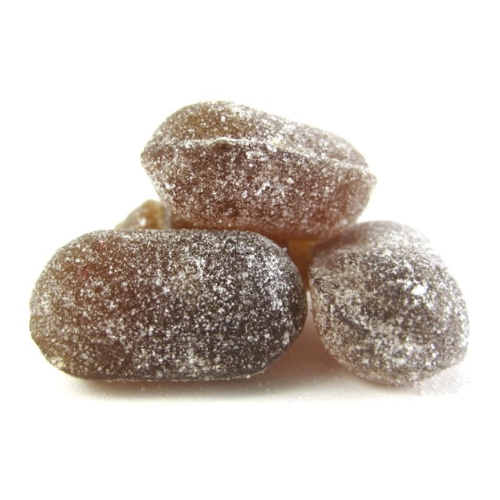
Medieval Times
As we move into the medieval era, the introduction of sugar cane from Asia to Europe marked a turning point in the history of candy. Sugar was initially a luxury item, affordable only to the wealthy.
However, as trade routes expanded and sugar became more accessible, it became more significant in candy-making. Sugar allowed for a greater variety of candy types, including boiled sweets and sugar plums. It also led to the development of more complex recipes, as sugar could be melted, crystallized, and otherwise manipulated in ways that honey could not.
This era is crucial in “medieval candy history,” setting the stage for the more sophisticated forms of candy that would follow.
The Renaissance and Beyond
The Renaissance period saw the beginnings of candy as a commercial enterprise. With the advent of sugar refineries, sugar became even more widely available, increasing candy production.
During this time, candy shops began to appear in larger European cities, and candy started to be produced on a larger scale. Recipes were refined, and candy-making evolved from a household activity to a specialized craft.
This period also saw the introduction of chocolate from the New World to Europe, adding another dimension to the types of candy available.
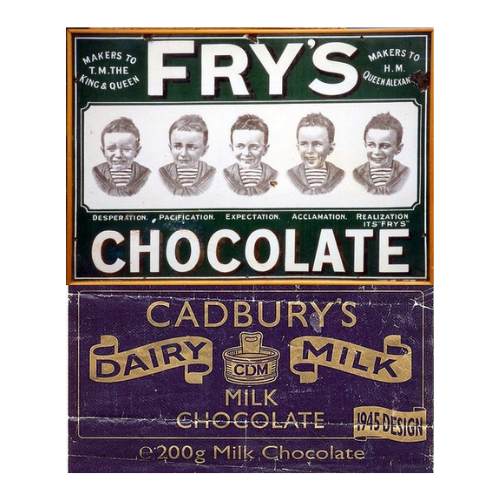
The Journey to America – How Candy Crossed the Atlantic
As candy evolved through the ages, it eventually found its way to the New World. The story of candy in America is deeply intertwined with the broader historical context, including the establishment of colonies and the growth of trade networks.
Sugar plantations in the Caribbean played a pivotal role in bringing the sweet substance to the American colonies, setting the stage for the candy industry to flourish. The 19th century marked a significant period of innovation, with the introduction of various candy brands that have since become household names.
In this section, we’ll explore the early forms of candy in the American colonies and the explosion of candy brands in the 19th century.
Early American Colonies
The American colonies were not initially a fertile ground for candy, largely due to the limited availability of sugar.
However, as sugar plantations in the Caribbean became more productive, sugar started to make its way to the colonies. This sugar availability led to the creating of early American candy forms, often simple and homemade. Molasses was a popular ingredient used in treats like taffy and gingerbread.
The 19th Century
The 19th century was a transformative period for candy in America. Technological advancements in manufacturing and the increasing availability of sugar led to a surge in candy innovation. Popular candies like peppermint sticks and candy corn made their debut, capturing the hearts of Americans.
| Brand Name | Year Introduced | Type of Candy |
|---|---|---|
| NECCO | 1847 | Wafers |
| Tootsie Roll | 1896 | Chewy Chocolate |
| Wrigley’s Gum | 1891 | Chewing Gum |
| Hershey’s | 1894 | Chocolate Bars |
| Whitman’s | 1842 | Sampler Box |
| Clark Bar | 1886 | Chocolate Peanut Bar |
| Chase’s Cherry Mash | 1876 | Cherry Chocolate |
| Goetze’s Candy | 1895 | Caramel Creams |
| Ghirardelli | 1852 | Chocolate |
| Jelly Belly | 1869 | Jelly Beans |
The American Redefinition – A Century of Innovation
The 20th century was a pivotal era for candy in the United States, marked by significant innovation and transformation. This period saw the birth of iconic brands and candy bars, the influence of global conflicts on candy production, and an explosion of variety in the post-war years.
Technological advancements in manufacturing, changes in consumer preferences, and shifts in marketing strategies all contributed to the evolution of the American candy landscape.
This section aims to explore these transformative years, examining how the early 20th century set the stage for iconic brands, how the World Wars impacted candy production, and how the post-war era led to an unprecedented variety of candy options.
The Early 20th Century
The early 1900s were a time of innovation in the American candy industry. Iconic brands like Reese’s and Snickers were born, offering consumers new and exciting options. The candy bar became a staple, with companies experimenting with various chocolate, nuts, and caramel combinations.
Advances in manufacturing technology also allowed for mass production, making candy more accessible to the general public. This era set the stage for the American candy industry to become a dominant force, both nationally and internationally.
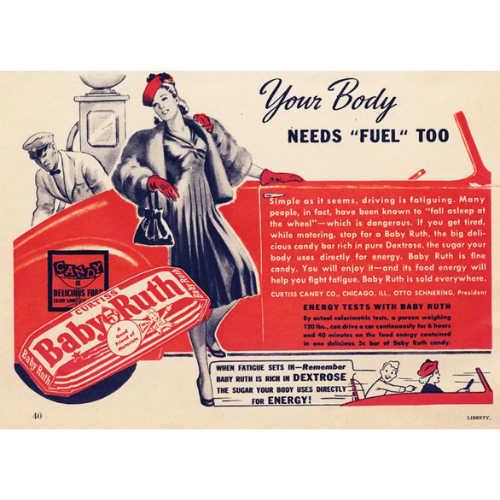
The World Wars
Global conflicts had a surprising impact on the American candy industry. During the World Wars, candy was often included in military rations due to its long shelf life and morale-boosting qualities.
This led to changes in production, as companies had to meet the demands of the military while also serving the civilian market. Some candies were even developed specifically for the armed forces and later became popular among the general public.
The wars also led to innovations in packaging, as products needed to be more durable to withstand various conditions.
The Post-War Era
The years following World War II were characterized by prosperity and a booming economy, and the candy industry was no exception. The post-war era saw an explosion in the variety of candies available, from gummy bears to flavored popcorn.
Further advances in transportation and distribution allowed for a more extensive reach, making American candy accessible to people worldwide. Marketing strategies also evolved, with television advertisements and movie product placements contributing to American candy’s growing popularity.
This era solidified America’s position as a global candy innovator and production leader. After that, the rest is candy history!
Modern American Candy – A Cultural Phenomenon
In recent years, candy in the United States has evolved into more than just a sweet treat; it has become a cultural phenomenon. This transformation is evident in the rise of gourmet and artisanal options, the prominence of candy in popular culture, and the growing discussions around health and ethical considerations.
Advances in technology, shifts in consumer behavior, and societal changes have all contributed to the modern landscape of American candy. This section will explore these various points, shedding light on how candy has adapted to contemporary tastes, its role in American pop culture, and the ethical considerations increasingly emerging.

The Rise of Gourmet and Artisanal Candy
Consumer preferences have evolved to include a demand for higher-quality, specialized candy options. Gourmet and artisanal candies have gained popularity, often featuring unique flavors or sustainably sourced ingredients.
These premium options often focus on quality over quantity, offering rich flavors and textures that cater to a more discerning audience. The rise of these specialized candies reflects a broader shift in consumer behavior towards products that offer a unique, high-quality experience.
Candy in Pop Culture
Candy has secured its place in American popular culture, appearing in various forms of media, from movies to songs. Films like “Willy Wonka and the Chocolate Factory” have immortalized candy as a symbol of imagination and wonder.
Also, songs that mention candy often use it as a metaphor for sweetness or temptation. Even video games and apps often feature candy-themed levels or characters, further embedding its cultural significance. This media presence not only reflects but also amplifies the role of candy in American life.
Health and Ethical Considerations
As candy has grown in popularity, so too have concerns about its impact on health and ethical considerations around its production. Here are some key points to consider:
- High sugar content in many candies has been linked to health issues like obesity and diabetes.
- Artificial colors and flavors are a point of contention for some consumers.
- Ethical sourcing of ingredients, particularly cocoa, has become a significant concern.
- Fair Trade certifications aim to ensure ethical labor practices in candy production.
- Vegan and allergen-free options are increasingly available to cater to diverse dietary needs.
- Some companies are moving towards more sustainable packaging options.
- Organic candy options are gaining market share, appealing to health-conscious consumers.
- The use of GMO ingredients in some candies has sparked debate and led to calls for clearer labeling.
These considerations are becoming increasingly important factors in consumer choices and driving industry changes. Companies respond by offering more transparent sourcing, healthier options, and sustainable practices. This reflects a growing awareness and responsibility both on the part of the producers and the consumers.
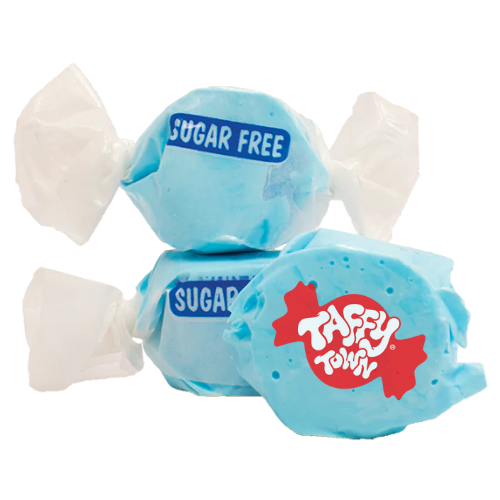
The Future of Candy – What Lies Ahead
As we look to the future, the candy industry is poised for even more transformation. Advances in technology, shifts in consumer preferences, and a growing focus on sustainability and ethics are all shaping what lies ahead for this sweet sector.
From 3D-printed confections to sustainably sourced ingredients, the future of candy promises to be as dynamic as its past. This section will explore upcoming technological innovations that are set to redefine how candy is made and consumed, as well as the industry’s efforts to adapt to modern challenges related to sustainability and ethical practices.
Technological Innovations
In the realm of technology, innovations like 3D printing are opening up new possibilities for candy creation. Custom shapes, intricate designs, and even personalized flavors are becoming more achievable, allowing for a more tailored consumer experience.
Additionally, research into new flavor profiles and textures is ongoing, with the aim of offering consumers an even wider range of options.
These technological advancements are not just novelties; they have the potential to revolutionize the way candy is produced and enjoyed, making the future of the industry an exciting prospect.
Sustainability and Ethical Practices
Sustainability and ethical considerations are becoming increasingly important in the candy industry.
Companies are taking steps to reduce their environmental footprint through initiatives like using biodegradable packaging or sourcing ingredients from sustainable farms.
Ethical practices are also coming to the forefront, with more brands obtaining certifications for fair labor practices and ethical sourcing.
These changes are not just good for the planet and its people; they’re also resonating with consumers who are becoming more conscientious about the products they consume.
As the industry adapts to these modern challenges, the future of candy looks to be not just sweeter but also more sustainable and ethical.

A Final Glance at Candy History In America and Beyond
From its ancient origins to its modern-day cultural significance, the history of candy is a fascinating tale of innovation, adaptation, and transformation. While candy has a rich global past, it is in America that it has truly come into its own.
The United States has been a hotbed of candy innovation, from the creation of iconic brands to the rise of gourmet and artisanal options. The cultural significance of candy in America cannot be overstated; it’s a part of our national identity, celebrated on holidays, immortalized in pop culture, and increasingly scrutinized for its ethical and health implications.
As we look to the future, the candy industry shows no signs of slowing down. Technological advancements promise to bring us new and exciting forms of candy, while a growing focus on sustainability and ethics reflects the changing priorities of consumers.
The history of candy is still very much in the making, and it’s a story that we all have a part in. We’d love to hear your own memories or favorite types of candy! Feel free to share your thoughts and experiences in the comments below.
Don’t forget, if you’re looking to satisfy your sweet tooth, Candy Retailer has you covered. From classic favorites to the latest innovations, our selection is second to none. Thank you for taking the time to explore the rich history of candy with us.

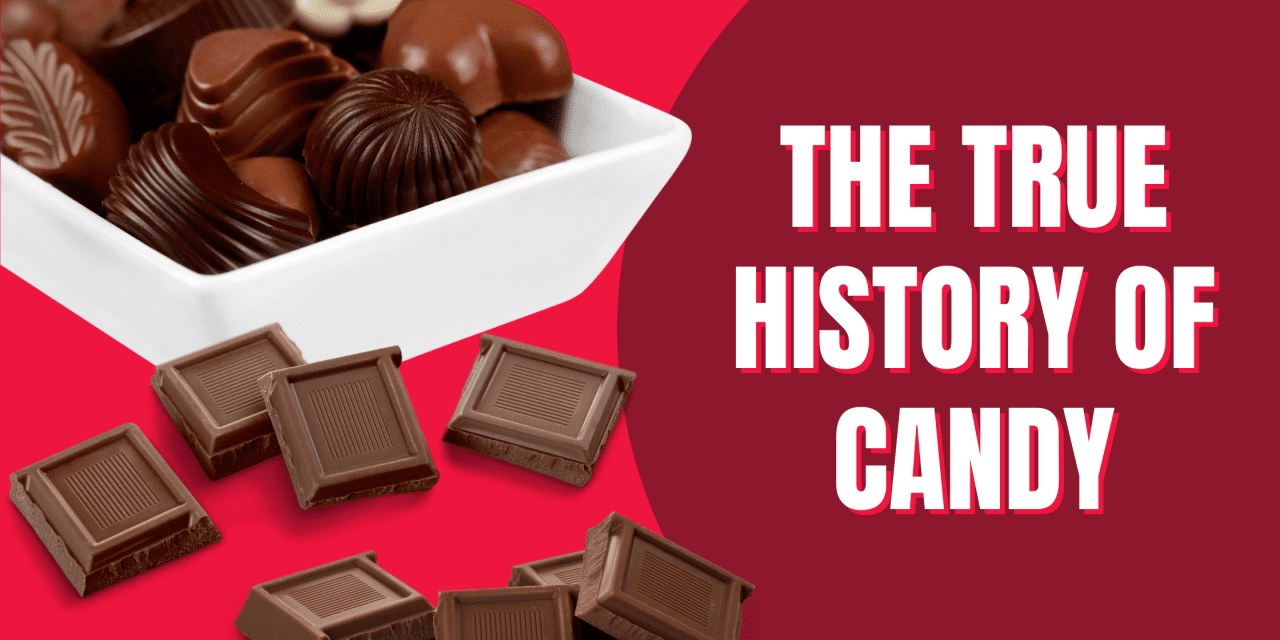
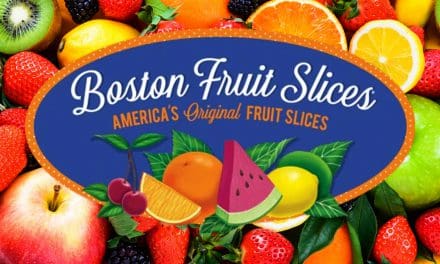

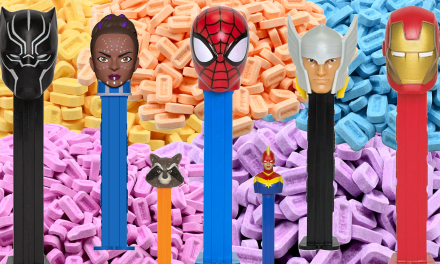
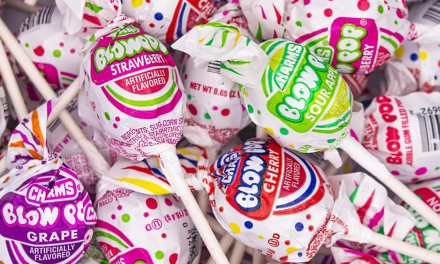
Recent Comments